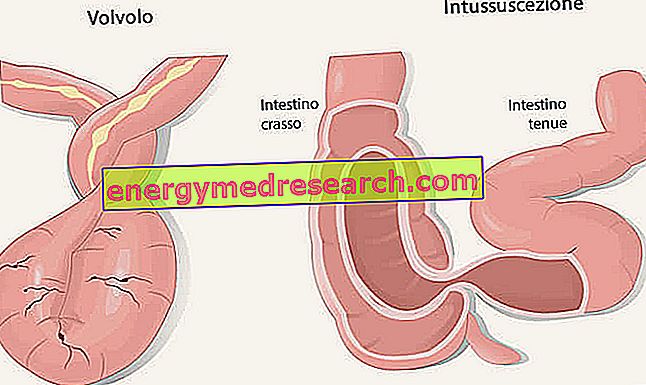
Tooth decay is a degenerative process of tooth enamel and dentin, with a bacterial etiology. The localized and progressive destruction of the hard tissues of the tooth depends on the presence, in the oral cavity, of particular microorganisms, capable of adhering to the tooth surface and of fermenting sugars and carbohydrates producing corrosive acids for the enamel.
Of all the carbohydrates, sugars are those with the greatest cariogenic power; in particular, the bacteria responsible for caries prefer glucose and fructose (therefore also sucrose), while the cariogenic potential of lactose is lower (also because it is present in dairy products, whose calcium and phosphorus content counteracts enamel demineralization). It has also been seen that the greatest cariogenic potential is due, for a variety of reasons, to sucrose (cooking sugar), while it is smaller in fruit fructose.
As for starches, unlike sugars, these are not readily available to oral bacteria. Complex carbohydrates are in fact made up of long linear and branched glucose chains. In the oral cavity, the salivary amylase is able to break these chains by digesting the cooked starch (the raw one is difficult to attack by the enzyme), splitting it into dextrins, maltotriosis and maltose.
For the digestive intervention of amylase to be appreciated, the food must be adequately chewed, as evidenced by the sweet taste taken from a long piece of chewed bread. For this reason, the rapid passage of food through the mouth during chewing does not allow amylase complete digestion of the starch. Instead, this enzyme has time to act on the starchy food residues trapped between the teeth and in the occlusal fissures.
Generally, foods rich in starch without the addition of sugars (such as bread or bread sticks), seem to play a much more limited role in the pathogenesis of tooth decay than simple sugars. Products derived from starch combined with sucrose (eg biscuits), could instead have a cariogenic effect even higher than that of just cooking sugar.
The starches of whole foods, on the other hand, would have a very modest cariogenic power, since - in addition to attaching less to the teeth - they also exert an abrasive action that frees the tooth surface from the residues of the softer foods and the plaque accumulated.
Let us recall, to conclude, that the onset of caries also and above all contribute to the consumption of foods rich in sugars. The risk of dental caries formation is in fact much higher:
- how much more frequently foods containing sugars are consumed, either alone or with starch (it is therefore better to consume them on a single occasion rather than distribute them in more meals during the day);
- how much longer these foods remain in the mouth before brushing their teeth.



